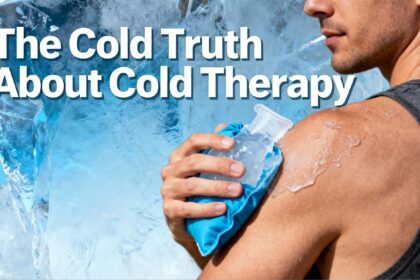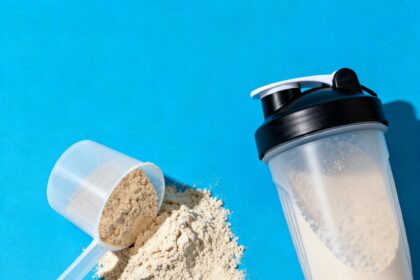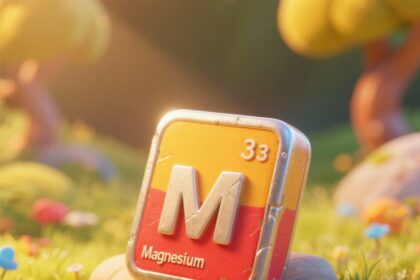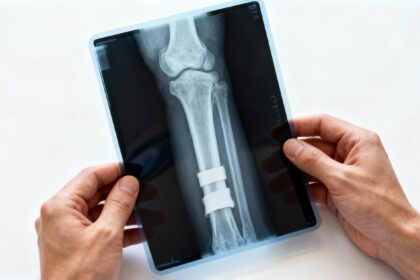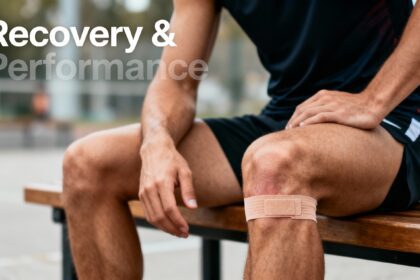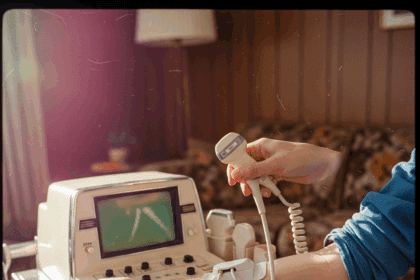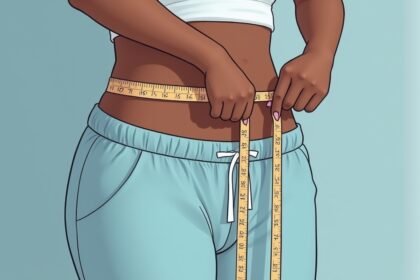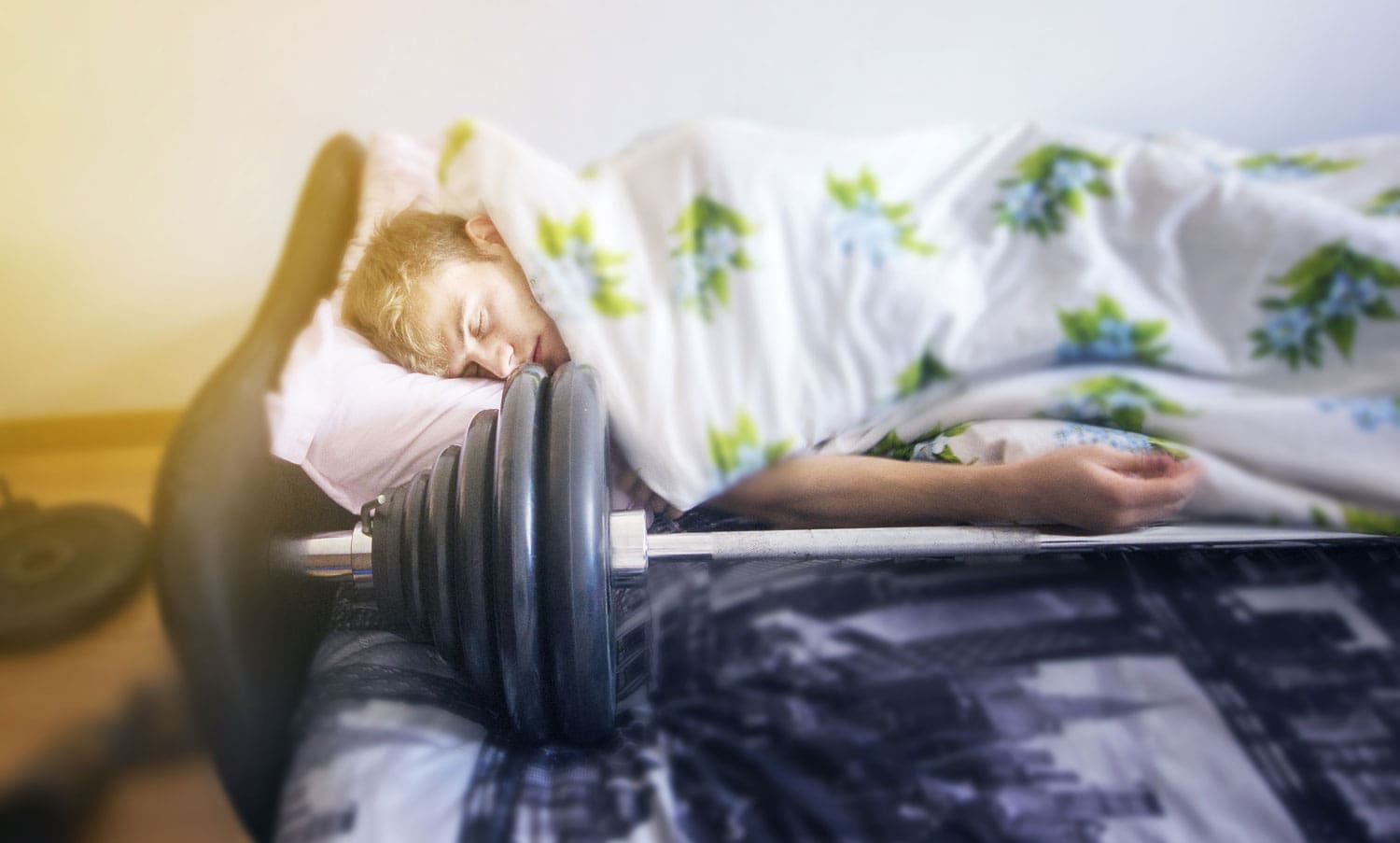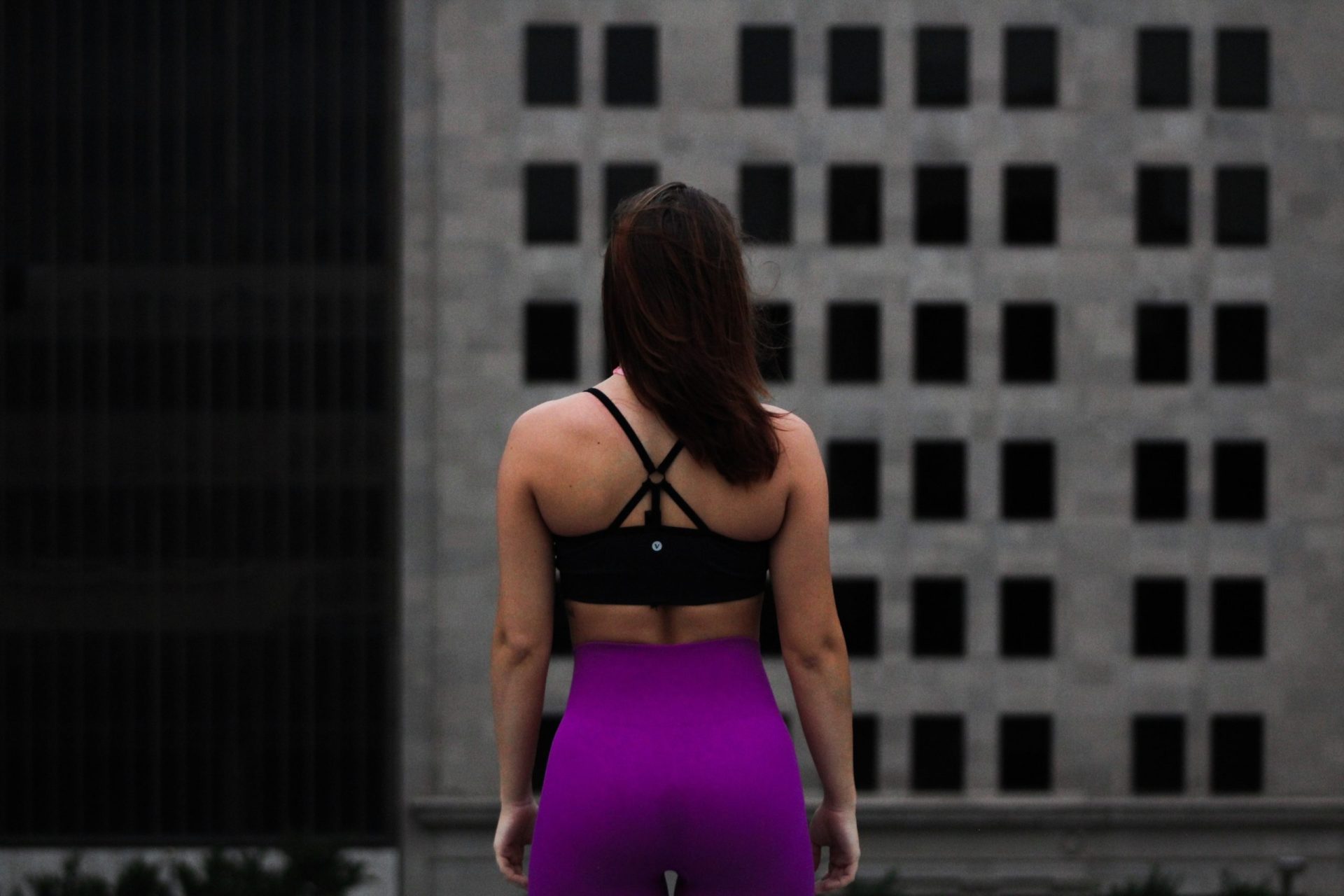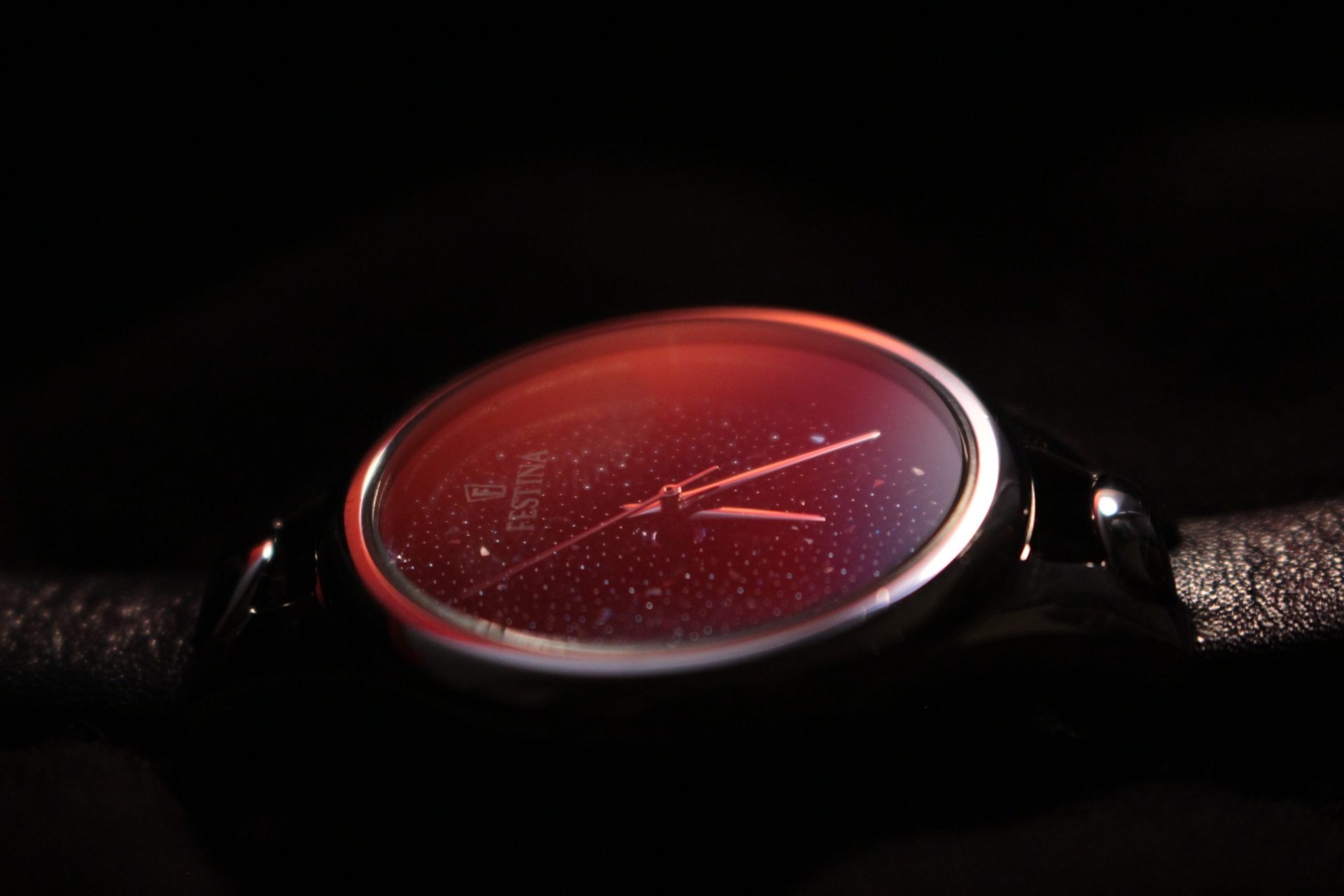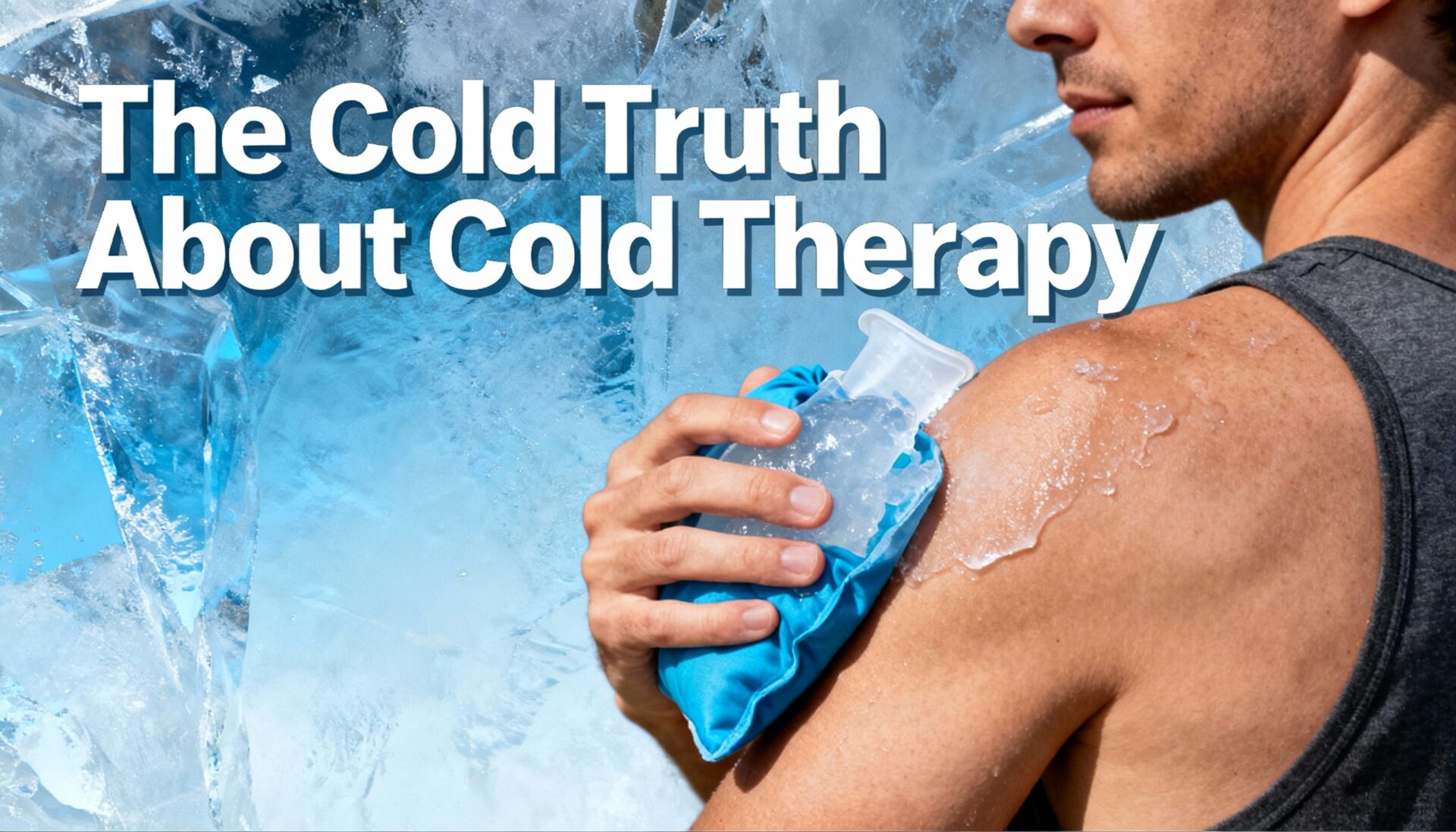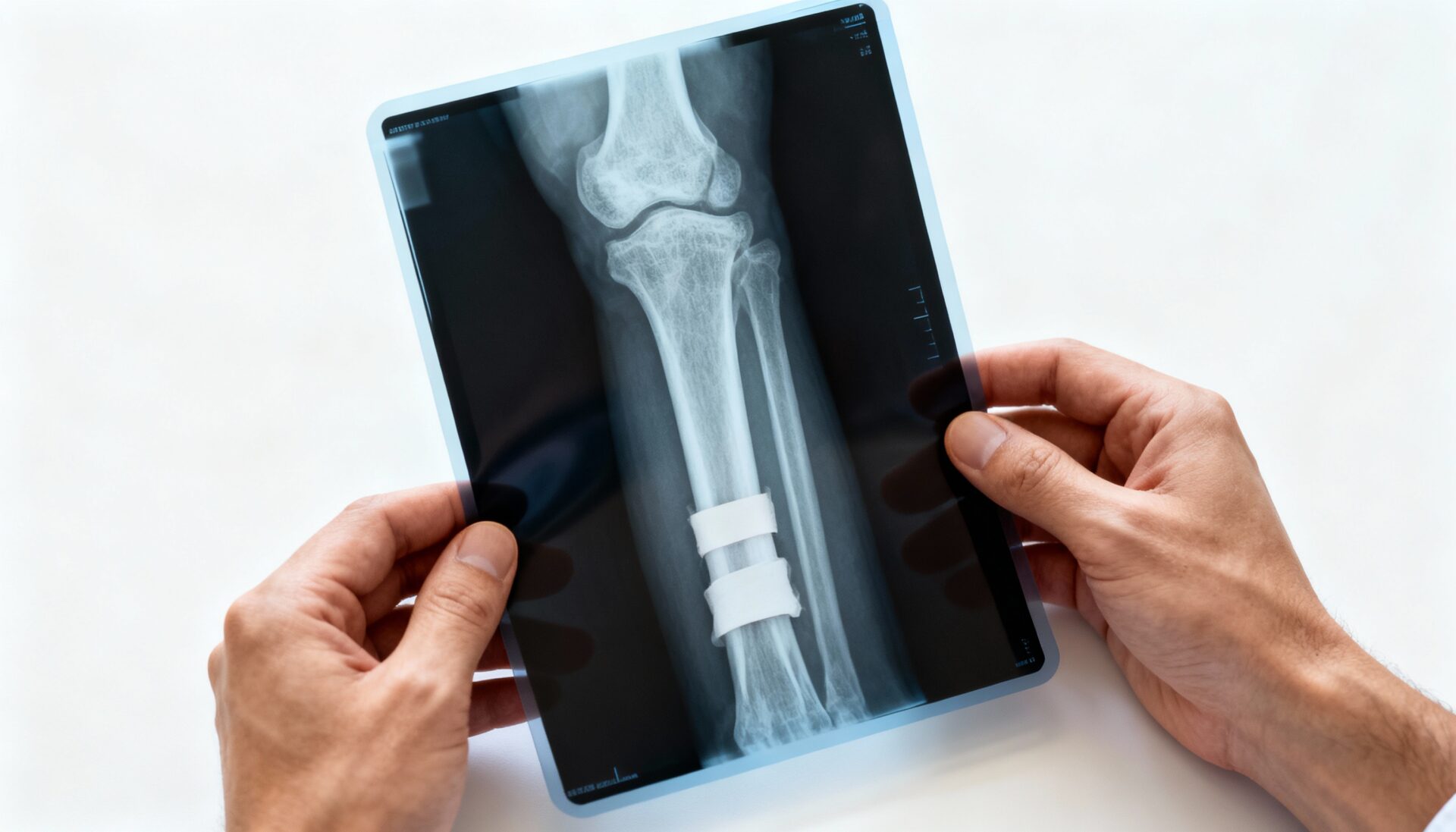Injuries: My View From The Sidelines
BY DR. TOM FISHER
One of the most common upper-body injuries suffered by bodybuilders is damage to the rotator cuff muscles in the shoulders. The rotator cuff is a group of four muscles found in the shoulder: the supraspinatus, infraspinatus, teres minor, and the subscapularis. The muscles functionally coordinate to stabilize, fine-tune, and initiate abduction and elevation movements of the arm-to-shoulder joint. Put simply, the rotator cuff muscles are heavily involved in virtually every arm, back, chest, and shoulder workout exercise. Take out the rotator cuff, and you take out every exercise above the waist.
The implications of an injury to the rotator cuff extend far beyond the gym. Yes, It’s a PITA. To be unable to work anything except legs and abs is inconvenient, but let’s talk about Activities of Daily Living (ADLs). If you are active and uninjured, you probably think nothing about picking up a couple of 2x4s, or a sheet of plywood, or load your kayak onto the roof racks. You simply do it, and go about your business. But, let’s get a bit more intimate… Showering, where you can’t use your arm to wash your hair, brush your teeth, tie a tie, etc. I knew there was a problem when I was unable to pour a glass of wine from a bottle. I had to “catch” my arm to support it, and spillage is unacceptable…! The worst part is that there is no outward sign that you are injured. There’s no cast, stitches, crutches, or anything to indicate that you have a reason for sitting on the sidelines. This prompted me to write about rotator cuff injuries. When I began to research the subject (somewhat self-serving!), I was surprised to discover how common the injury actually is. I found, to my surprise, that many of my friends either had experienced the injury, or had a friend or family member go through it. Ok, let’s get this out for general consumption. Hell, it might even be cathartic…!
I’m an athlete. I’ve always been an athlete. Not just in the competitive sense, but a hands-on, race-you-to-the-corner, physically involved, in-your-face, active participant. Over the decades, I’ve certainly experienced my share of discomfort and pain. I’ve even had my share of being hurt. Beyond that, I’ve even been guilty of taking some amazingly stupid risks in my “misspent youth”. But, I’ve never experienced being flat-out injured. Not first-hand… I suppose that I’ve been lucky. I’ve effectively dodged the proverbial “bullet”, and managed to keep myself in the arena, a player, ready for anything. Until now…
Curiously, there was no precipitating event. I didn’t hear or feel any “pop” or “rip”. My right shoulder simply ached. I continued to work out (martial arts, bodybuilding), but the shoulder kept nagging. I noticed that I was getting weaker. Not good… I thought “Come on, Tom…You’re a Doctor, FIX IT…!”
I tried all the “usual suspects” that had served me in the past. I tried ice, then heat, every conceivable ointment/salve/poultice (both legal, OTC, and…”questionable & dubious”…). I ran the gamut of all pharmaceuticals (legit) without any appreciable effect. After about three months of “not getting better”, either my curiosity became insatiable (quite possible), or my patience ran rather thin (far more likely). I went to a friend/colleague for a professional consult (an Orthopedic Surgeon whose specialty is the shoulder). He immediately ordered an MRI, and I returned the next week for the verdict… “A full thickness tear of the supraspinatus muscle tendon. Infraspinatus, Teres Minor and Subscapularis are unaffected”. Hell, that didn’t sound too bad. It’s just one of the rotator cuffs’ tendons, right…? OK, Doc, what do we do?
Here’s where it gets messy…
I was offered several options, and these are standard protocols available to patients. I took them as they were presented; in order from least invasive (non-surgical) to most invasive (Ugh…). I was offered, and accepted, a round of Physical Therapy. Muscle-specific movements with little or no resistance. Any imposed resistance was provided by “thera-bands” (extremely light resistance). The PT revealed several problems. First, I was extraordinarily weak. The three-month lay-off had taken an alarming toll (I still had it in my mind that I was able to walk over and start tossing 25’s or 30’s around…Not so much…). Second, I had significant restrictions in my range of motion. Fortunately, the reduced ROM was specific to the supraspinatus. Third, any progress made in PT was accompanied by persistent pain. I call the pain “persistent” because it did not go away. Even when the joint was unloaded and supported, it hurt. When it began to disrupt my sleep, I returned to my colleague to see what else modern medicine had to offer…
The next option was massage. Rather than rely upon a generic “general massage”, I opted to pay a visit to an old martial-arts friend & colleague. He is a Kung Fu Master, and a certified practitioner of Tui Na, a specific type of Chinese massage addressing meridian balance for restoration of function. This only provided some symptomatic relief, and I knew more was necessary. My friend/colleague is also a certified/licensed Doctor of acupuncture, so he suggested that we try several sessions. Again, some symptomatic relief, but not much else.
I returned to my Ortho friend, and he offered me an injection of cortisone. (Now, I must admit that I am NOT a big fan of needles, so this was a weighted decision based on desperation…!) The shot was no fun… It just flat-out hurt. For the next few days, not only did it not provide any significant relief, but I also had the additional discomfort of the shot to deal with…! He told me that the next option in the progression would be surgery.
This decision brought the entire injury into sharp focus. I was frustrated at my inability to simply “heal-up”, but there was something else that kept nagging at me. Finally, I identified what troubled me most about this particular injury; The outcome would be uncertain. If I had broken my wrist (again), I’d get a cast, and be back, good-as-new, in about six weeks. No residual problems. The repair of the rotator cuff is dependent upon many factors. The tissue may not be “viable”, or strong enough to accept the sutures. The nature and location of the tear may make surgical repair difficult or impossible. Any excessive movement during the healing process could rupture the sutures and put me right back at the beginning. I wouldn’t mind all the pain & inconvenience if I knew that I would be back to the “old” me in a few weeks. (Sorry, Mate… No guarantees…) So, after a great deal of trying to “think-it-through” (including numerous inner conversations with myself at 3AM looking at the ceiling fan…), I agreed to have arthroscopic surgery to repair the tendon.
So, here I am, Editor-in-Chief of Muscle Media Magazine, writing about “doing” while being unable to “do”… I am surrounded by amazingly fit & muscular colleagues. They provide a useful frame of reference for me during my rehabilitation. I am three weeks post-surgery, and expect to begin PT next week. If this “fix” is unsuccessful, there are other options available, but I’ll discuss those in a future article, should they be required. Until then, I though this article might provide some insights into rotator cuff injuries. I was surprised to learn that many people suffer such injuries without any defined precipitating injury. It “just happens” from wear & tear. However, there are also those who suffer from being foolish in the gym. Pushing too much weight on a deadlift, shrugs, or bench is potentially “writing a check your butt can’t cash”. I’ll keep you posted on my progress…

